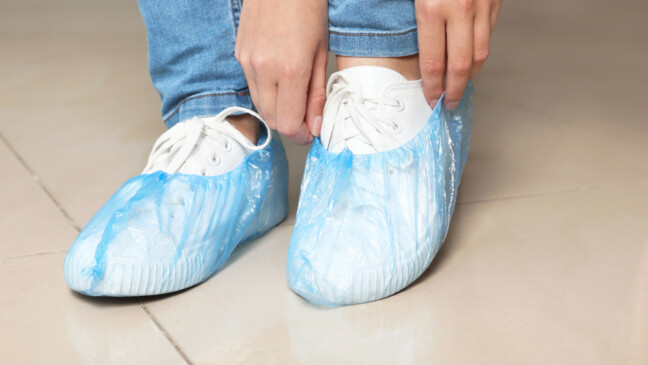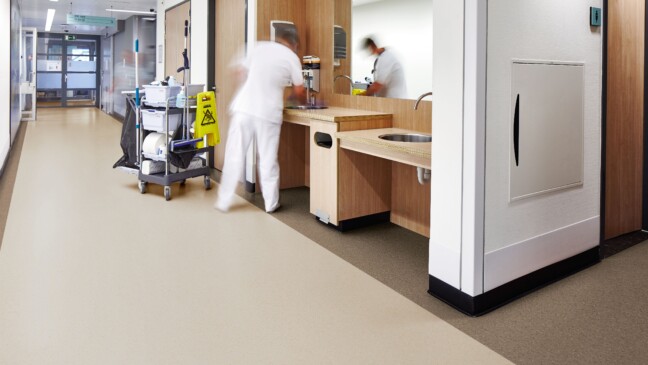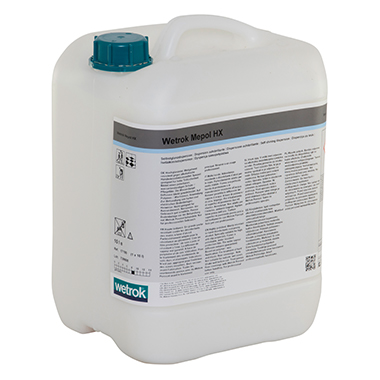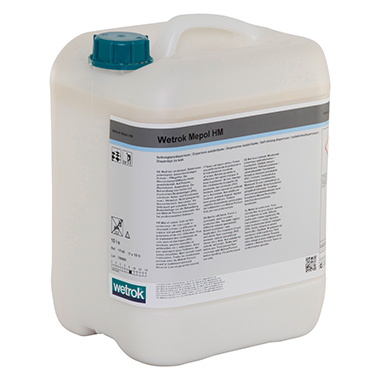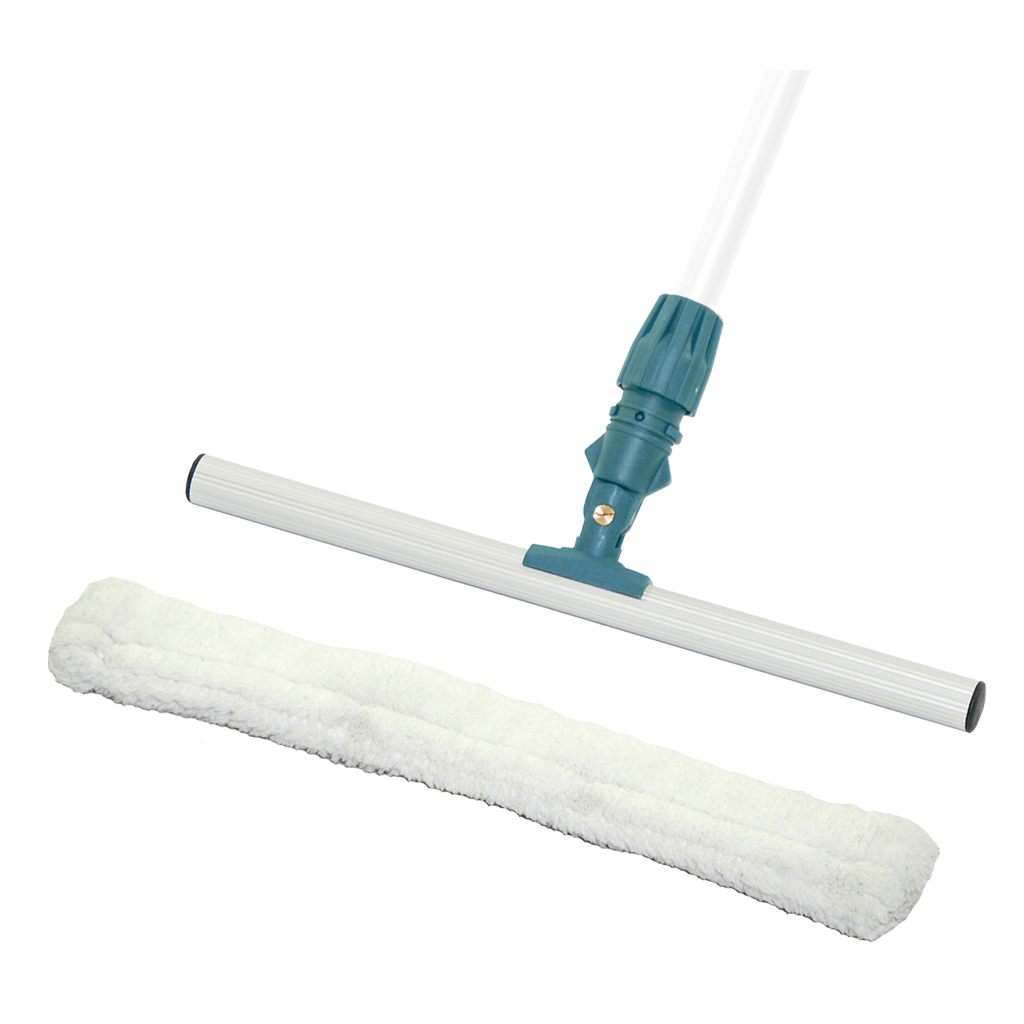
01.06.23
La clé de la prévention des moisissures : les traitements de surface
Assainissement des moisissures : Pour un résultat durable, le choix du revêtement de surface est décisif.
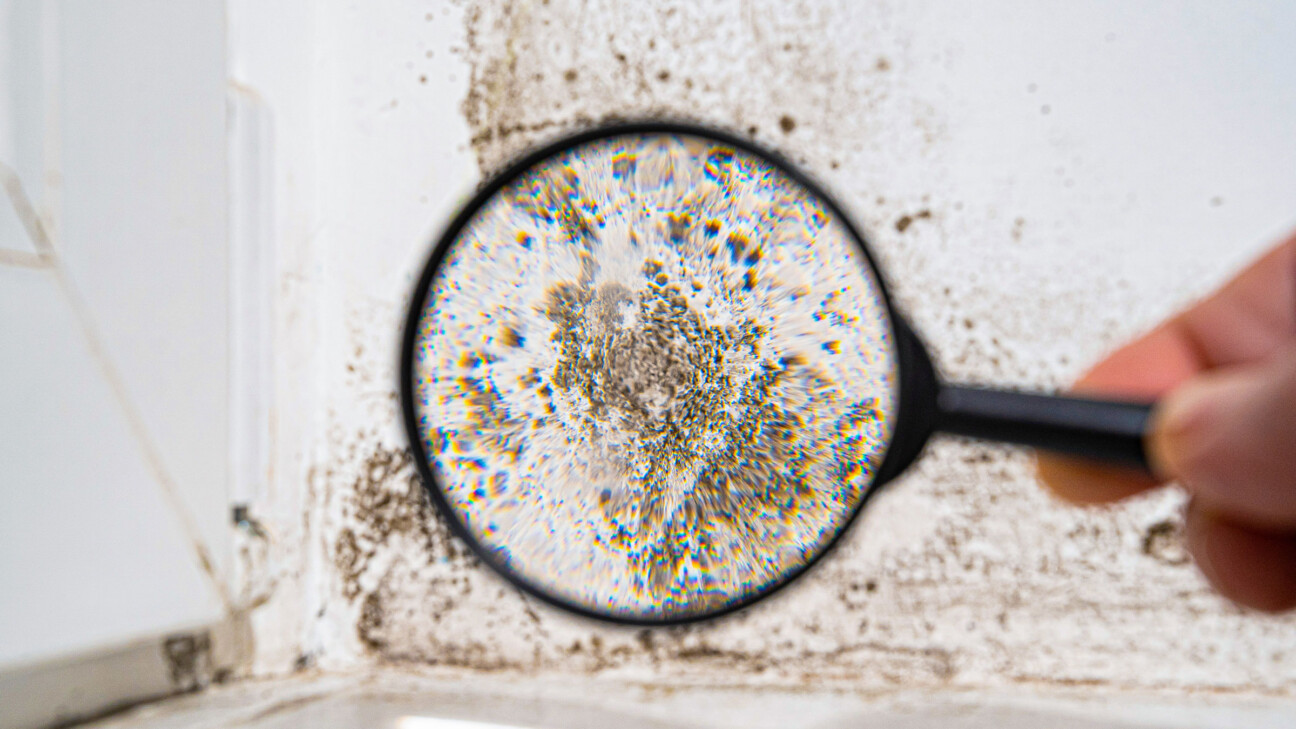
Les bases
Les trois principaux facteurs d’influence pour la germination et la croissance de la moisissure sont
- l’existence de spores de moisissures dans l’air. Naturellement, les spores sont présentes partout. Si la concentration dans l’air ambiant est trop élevée par rapport à l’air extérieur, il faut s’attendre à la présence d’une source de moisissures dans la pièce.
- la présence d’un milieu de culture (substrat). Le placoplâtre et la cellulose sont d’excellents milieux de culture, la moisissure germe très mal sur le verre propre.
- et l’humidité à la surface des éléments de construction. Les raisons d’une humidité locale trop élevée peuvent être nombreuses : humidité relative trop élevée combinée à des ponts thermiques, dégâts des eaux, manque d’isolation, etc.
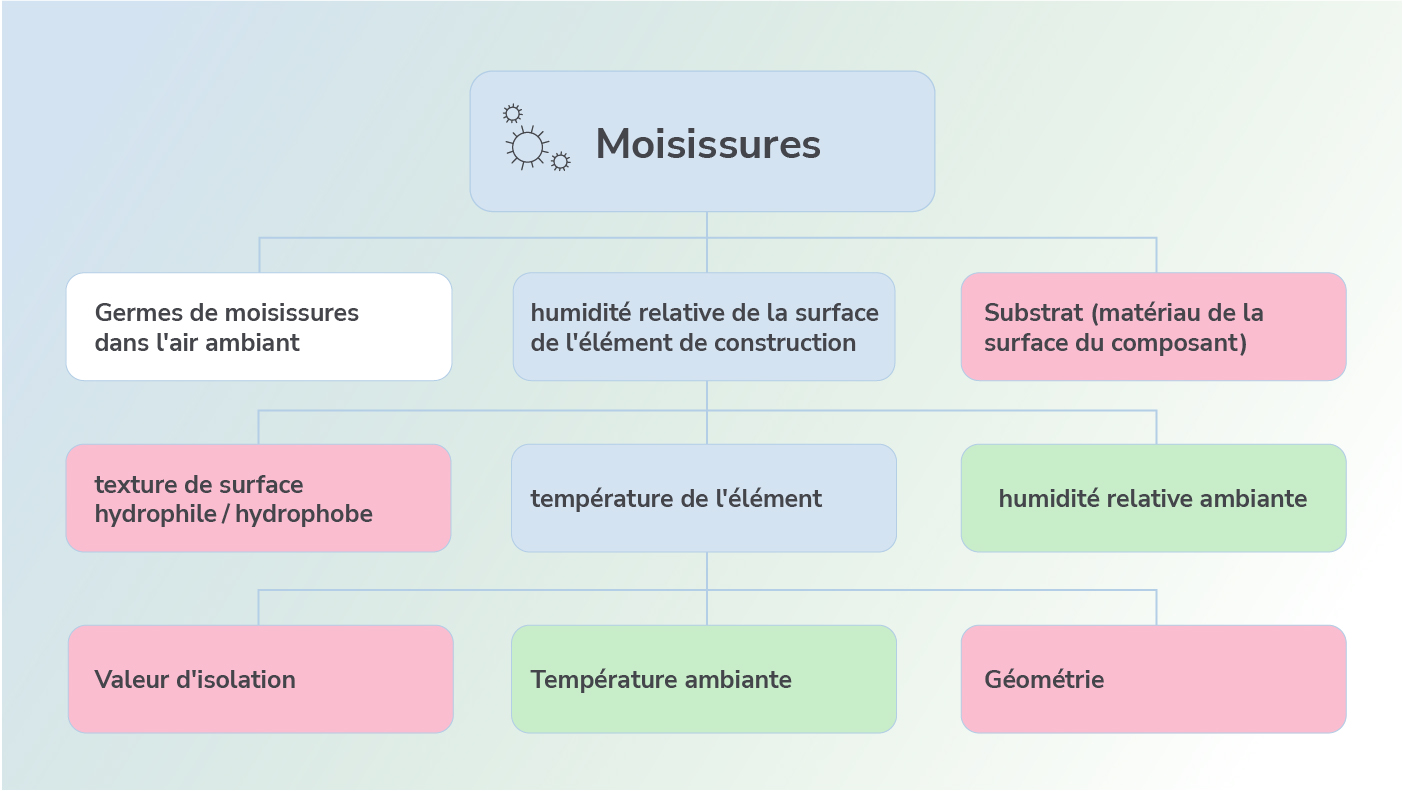
Les facteurs en vert sont influençables par l’habitant
Le facteur en gris n’est influençable que sous certaines conditions
Les facteurs en bleu sont des facteurs qui dépendent d’autres facteurs
Si ces trois conditions sont réunies simultanément et au même endroit, la moisissure, potentiellement dangereuse pour la santé, se développe.
Dans ce qui suit, nous abordons le thème des surfaces et de la nature des surfaces en relation avec les assainissements pour moisissures.
Le choix du matériau des surfaces d’éléments de construction définit si un milieu de culture optimal ou suboptimal est installé pour les moisissures. Lors du choix de la surface de l’élément de construction, l’assainisseur ou le maître d’ouvrage a donc le menu des moisissures entre les mains. Selon le choix, les moisissures apprécient ou non. La littérature spécialisée parle dans ce contexte de groupes de substrats.Dans ce qui suit, nous abordons le thème des surfaces et de la nature des surfaces en relation avec les assainissements pour moisissures.
Le choix du matériau des surfaces d’éléments de construction définit si un milieu de culture optimal ou suboptimal est installé pour les moisissures. Lors du choix de la surface de l’élément de construction, l’assainisseur ou le maître d’ouvrage a donc le menu des moisissures entre les mains. Selon le choix, les moisissures apprécient ou non. La littérature spécialisée parle dans ce contexte de groupes de substrats.
- Le groupe de substrats 0 comprend les milieux de culture optimaux tels que l’agar, les milieux complets, en particulier pour l’utilisation en laboratoire.
- Les substrats du groupe I sont par exemple les plaques de plâtre et les papiers peints à base de fibres,
- le groupe de substrats II comprend des matériaux tels que les peintures minérales, les métaux, le verre ou la chaux.
C’est sur les matériaux du groupe de substrat 0 que les moisissures germent le plus rapidement et se développent à la plus grande vitesse. Le degré de salissure de la surface est également un facteur essentiel. Une surface classée dans le groupe de substrats II peut, lorsqu’elle est sale, devenir un milieu de culture optimal pour les moisissures. La pratique montre que l’apparition d’une humidité relative excessive sur les surfaces des éléments de construction peut être considérée comme la cause principale de l’apparition de moisissures. Cette humidité est déterminée par l’humidité relative ambiante, la température de l’élément de construction et la nature de la surface de l’élément de construction.
L’humidité relative d’une pièce est influencée par le comportement de l’utilisateur en matière de ventilation. Dans l’habitat, ce sont les habitants, dans l’industrie, par exemple, une ventilation automatique. La température de l’élément de construction dépend essentiellement de sa géométrie (pont thermique géométrique), des températures ambiantes (différences de température extérieur / intérieur) et de la valeur d’isolation. Si la température de surface de l’élément de construction descend au niveau ou à proximité du point de rosée, de l’eau de condensation se forme à la surface (le diagramme de Mollier permet de visualiser ce processus). Si la surface est hydrophobe, cette eau de condensation reste sur la surface et constitue la base de la formation de moisissures. L’eau de condensation ne peut être évacuée de la surface que par évaporation. Le taux d’évaporation dépend entre autres de la surface mouillée. L’eau formée sous forme de gouttes s’évapore moins vite que l’eau qui s’est « étalée » comme sur un buvard. Si l’on choisit une surface hydrophile qui, en même temps, est conçue de manière à briser la tension superficielle de l’eau de condensation (buvard), le taux d’évaporation augmente : la surface reste sèche et il n’y a pas de base pour la croissance des moisissures. Dans le cas de surfaces hydrophobes (p. ex. peintures à dispersion), l’eau de condensation reste sur la surface sous forme de gouttelettes : la surface reste longtemps mouillée et humide.
Si l’on connaît la température de l’élément de construction, les valeurs d’humidité dans l’environnement et le groupe de substrats, il est possible, selon Sedlbauer [1], de prédire la présence de moisissures à l’aide du système isoplet qu’il a développé, c’est-à-dire qu’il est possible de dire au bout de combien de temps le champignon va germer et à quelle vitesse il va se développer. Un exemple : une pièce avec une température ambiante de 20°C et une humidité relative de 60%, a un pont thermique, avec une température de paroi de 15°C. Nous partons d’un matériau du groupe de substrat II. Près du mur, il y a maintenant 82% d’humidité relative. Dans ces conditions, avec une surface hydrophobe, il faut environ 8 jours pour que la moisissure germe, et elle croît d’environ 1 mm par jour!
Si l’on prend maintenant un matériau du groupe de substrat 0, la germination a lieu en moins d’un jour et la croissance est d’environ 3 mm par jour.Si l’on connaît la température de l’élément de construction, les valeurs d’humidité dans l’environnement et le groupe de substrats, il est possible, selon Sedlbauer [1], de prédire la présence de moisissures à l’aide du système isoplet qu’il a développé, c’est-à-dire qu’il est possible de dire au bout de combien de temps le champignon va germer et à quelle vitesse il va se développer. Un exemple : une pièce avec une température ambiante de 20°C et une humidité relative de 60%, a un pont thermique, avec une température de paroi de 15°C. Nous partons d’un matériau du groupe de substrat II. Près du mur, il y a maintenant 82% d’humidité relative. Dans ces conditions, avec une surface hydrophobe, il faut environ 8 jours pour que la moisissure germe, et elle croît d’environ 1 mm par jour!
Si l’on prend maintenant un matériau du groupe de substrat 0, la germination a lieu en moins d’un jour et la croissance est d’environ 3 mm par jour.
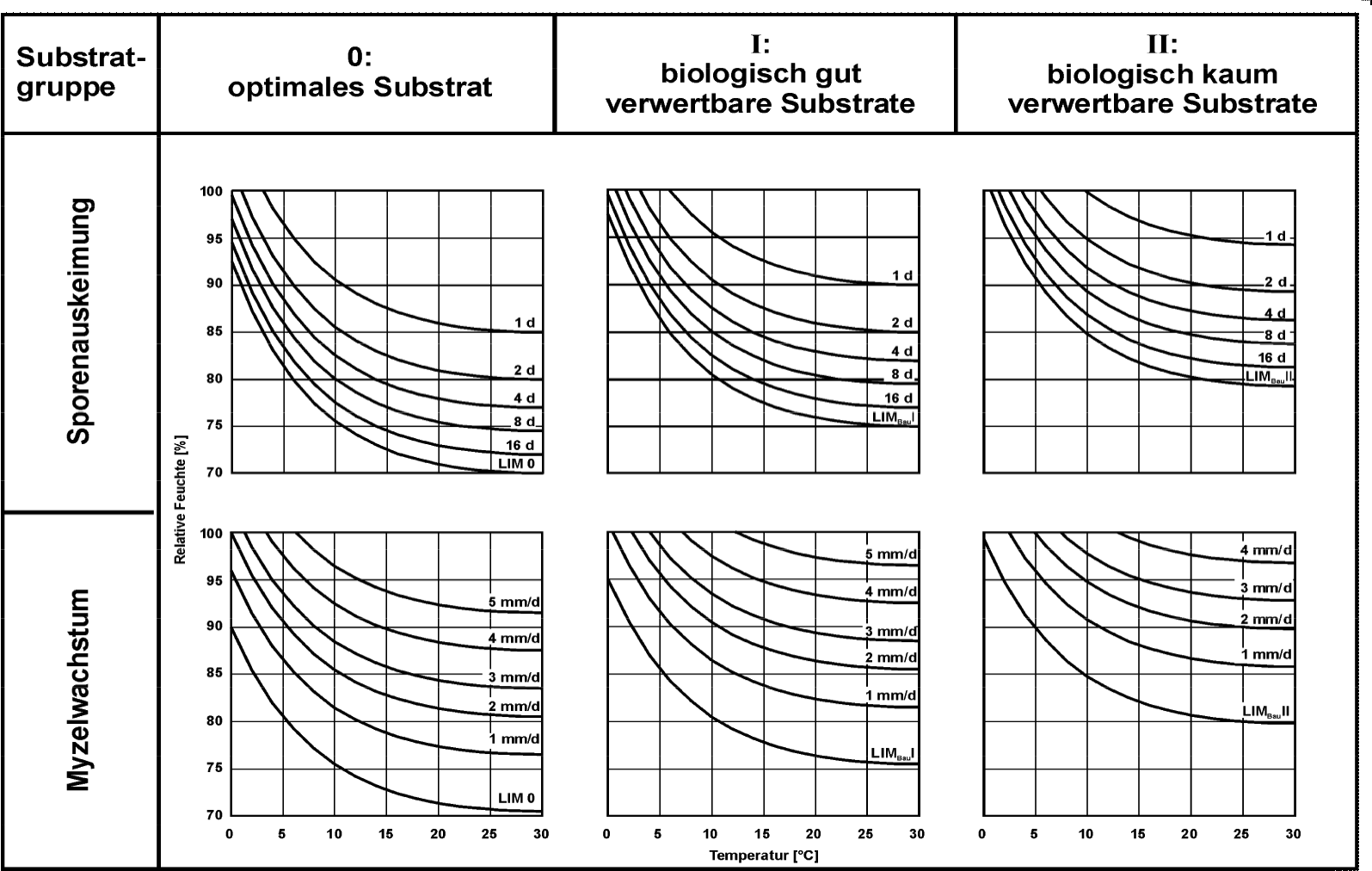
Conséquences pour les nouvelles constructions ou les rénovations :
Sur les murs extérieurs, mais dans la zone des ponts thermiques géométriques, nous recommandons l’application de revêtements anticondensation. L’apparition d’eau de condensation, qui reste à la surface et ne s’évapore pas, peut ainsi être évitée en grande partie. Nous ne recommandons pas l’application de peintures à dispersion aux endroits susmentionnés, car ces peintures ne sont que faiblement hydrophiles, c’est-à-dire qu’elles présentent un faible taux d’évaporation.
Conséquences lors de l’assainissement des moisissures :
Dans la pratique, on rencontre souvent des cas (en particulier dans les habitations) où, après l’élimination des moisissures, du papier peint a été à nouveau appliqué. Cette manière de procéder répond certes à des critères esthétiques, mais elle est totalement erronée du point de vue de la prévention des moisissures. Les papiers peints sont souvent composés de cellulose, qui appartient au groupe de substrats I, et constituent donc un bon milieu de culture pour les moisissures.
En cas d’assainissement des moisissures, nous recommandons également vivement l’utilisation de revêtements de surface hydrophiles. Il existe aujourd’hui sur le marché des produits qui, outre un effet de stockage, brisent la tension de surface de l’eau de condensation, ce qui entraîne des taux d’évaporation significativement plus élevés, appelés revêtements anticondensation. Il en résulte des surfaces d’éléments de construction sèches.Dans la pratique, on rencontre souvent des cas (en particulier dans les habitations) où, après l’élimination des moisissures, du papier peint a été à nouveau appliqué. Cette manière de procéder répond certes à des critères esthétiques, mais elle est totalement erronée du point de vue de la prévention des moisissures. Les papiers peints sont souvent composés de cellulose, qui appartient au groupe de substrats I, et constituent donc un bon milieu de culture pour les moisissures.
En cas d’assainissement des moisissures, nous recommandons également vivement l’utilisation de revêtements de surface hydrophiles. Il existe aujourd’hui sur le marché des produits qui, outre un effet de stockage, brisent la tension de surface de l’eau de condensation, ce qui entraîne des taux d’évaporation significativement plus élevés, appelés revêtements anticondensation. Il en résulte des surfaces d’éléments de construction sèches.
Un mot sur l’isolation intérieure
Selon nous, la pose d’une isolation intérieure n’est pas forcément judicieuse. Du point de vue thermique, une isolation intérieure a pour effet d’isoler la chaleur ambiante du mur extérieur situé derrière l’isolation, mais le mur extérieur reste entièrement exposé à la température extérieure froide.
L’effet souhaité, à savoir l’augmentation de la température de la surface de l’élément de construction et donc son éloignement du point de rosée, n’est souvent atteint que dans une mesure très faible et donc insignifiante. Le risque que des moisissures se développent de manière cachée entre l’isolation et le mur extérieur est bien plus grave.Selon nous, la pose d’une isolation intérieure n’est pas forcément judicieuse. Du point de vue thermique, une isolation intérieure a pour effet d’isoler la chaleur ambiante du mur extérieur situé derrière l’isolation, mais le mur extérieur reste entièrement exposé à la température extérieure froide.
L’effet souhaité, à savoir l’augmentation de la température de la surface de l’élément de construction et donc son éloignement du point de rosée, n’est souvent atteint que dans une mesure très faible et donc insignifiante. Le risque que des moisissures se développent de manière cachée entre l’isolation et le mur extérieur est bien plus grave.
Conclusion
Un facteur important dans la prévention et l’assainissement des cas de moisissures est le choix du bon revêtement de surface. Si l’on travaille avec des matériaux hydrophiles, il est possible de créer une condition essentielle pour que les moisissures n’apparaissent pas ou ne puissent pas réapparaître dans les nouvelles constructions ou après un assainissement de moisissures.
Source :
- [1] Neue Erkenntnisse zur Beurteilung von Schimmelpilzen und Stand der Normenbearbeitung. 2002 Klaus Sedlbauer et al.
